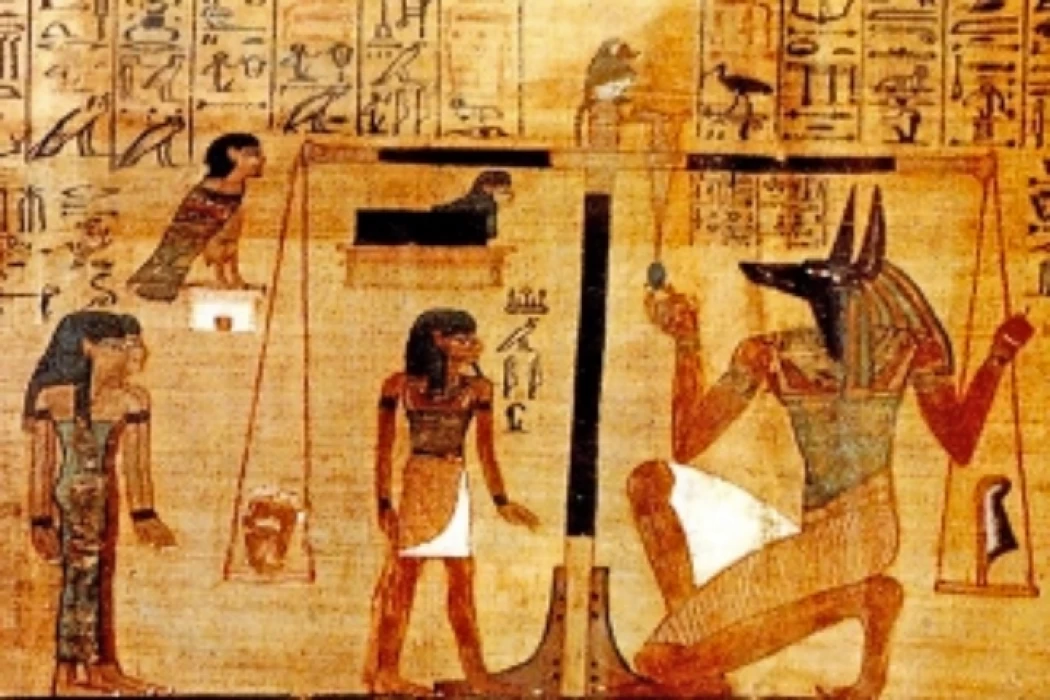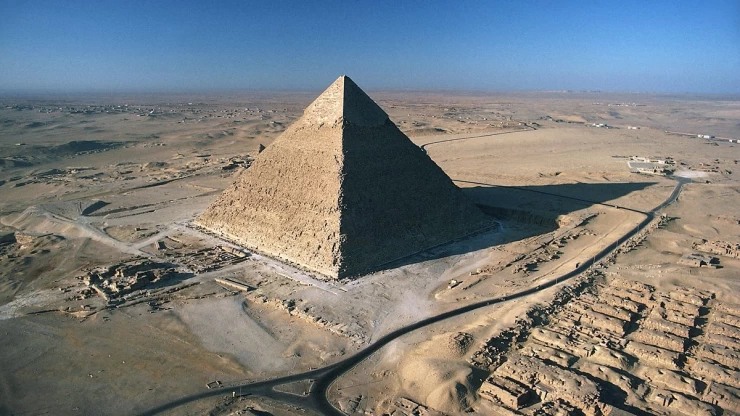
Meskhenet diosa del parto
En el antiguo Egipto, las mujeres daban a luz sentadas con las piernas cruzadas sobre un par de ladrillos, conocidos como ladrillos de parto, y Meskhent era la diosa asociada a esta forma de alumbramiento.
Por eso, en el arte, a veces se la representaba como un ladrillo con cabeza de mujer y, sobre él, un útero de vaca. Otras veces se la representaba como una mujer con un simbólico útero de vaca en su tocado. Como era responsable de la creación de Ka, se la asociaba con el destino.
Así, a veces se decía que estaba asociada con Shai, que se convirtió en el dios del destino después de que la deidad evolucionara a partir de un concepto abstracto. Meskhent ocupa un lugar destacado en los cuentos populares de los fragmentos de papiro. Narra el nacimiento de cada uno de los reyes Oser Kaf, Sahure y Neferir Kare Kakai, los tres primeros reyes de la V Dinastía, que en la historia se dice que son trillizos.
Inmediatamente después del nacimiento de cada niño, Meskhenet apareció y predijo que se convertiría en rey de Egipto.
También se cree que Meskhenet es la primera esposa. Andjiti, el dios del parto en el inframundo. Andjety parece haber sido adorado desde el Andjet predinástico, y la mayoría de los egiptólogos creen que es el dios que finalmente se convirtió en Osiris.
Who is Meskhenet the Egyptian goddess of childbirth?
In ancient Egypt, women gave birth to children while sitting cross-legged on a pair of bricks, known as birth bricks, and Meskhent was the goddess associated with this form of childbirth.
And therefore, in art, she was sometimes depicted as a brick with a woman's head, and on it a cow's uterus. Let's go on a unique Egypt tours to discover the lifestyle of people in ancient Egypt. At other times she was depicted as a woman with a symbolic cow's womb on her headdress.
Since it was responsible for the creation of Ka, it was associated with fate.
Thus, she was sometimes said to be associated with Shai, who became the god of fate after the deity evolved from an abstract concept. I advise you to check our Egypt day tours to Luxor, because this city is full of many secrets about Egyptian pharaohs and their symbols and mythology. You can take the Luxor west bank day tour, you will visit many amazing places such as Karnak temple, Valley of the kings and more.
She was sometimes depicted as a brick with a woman's head, and on it a cow's uterus. Let's go on a unique Egypt tours to discover the lifestyle of people in ancient Egypt. At other times she was depicted as a woman with a symbolic cow's.
Egyptian goddess Meskhenet
Meskhent features prominently in folk tales in papyrus fragments that you will discover during Egypt travel packages. It tells about the birth of each of the kings Oser Kaf, Sahure, and Neferir Kare Kakai, the first three kings of the Fifth Dynasty, who in the story are told that they are triplets.
Immediately after the birth of each child, Meskhenet appeared and predicted that he would become king of Egypt. Do not miss to book our Egypt luxury tours to gain more knowledge about secrets kings in ancient Egypt.
It is also believed that Meskhenet is the first wife. Andjiti, the god of childbirth in the underworld. Andjety appears to have been worshiped since the pre-dynastic Andjet, and most Egyptologists believe him to be the god who eventually became Osiris.
It is also believed that Meskhenet is the first wife. Andjiti, the god of childbirth in the underworld. Andjety appears to have been worshiped since the pre-dynastic Andjet, and most Egyptologists believe him to be the god who eventually became Osiris.
The birth chair was custom-made to fit the wife's body and weight. Its quality and design reflected social status and financial ability. Before the delivery date, the husband would walk around the house in the chair, including in front of it, and then place it in front of the door so the neighbors would know they were expecting a baby...The concept of the "birth chair" dates back to the Pharaonic era, when it was made of stone without a back. Later, it evolved to include a back and armrests.
The goddess Meskhent was responsible for determining the fate of newborns, as she protected the birth seat.















